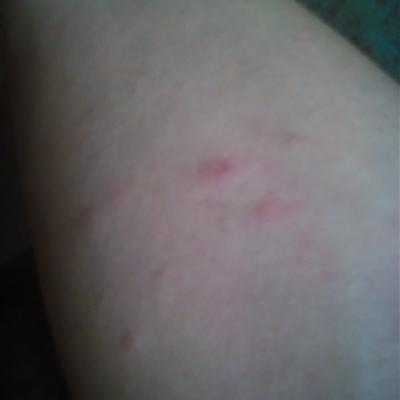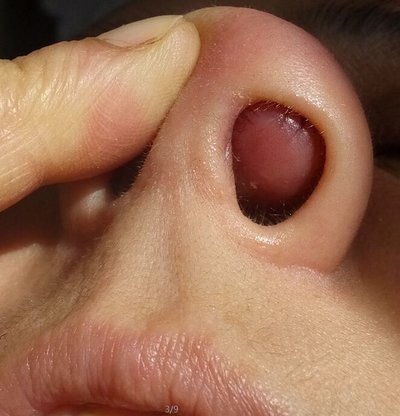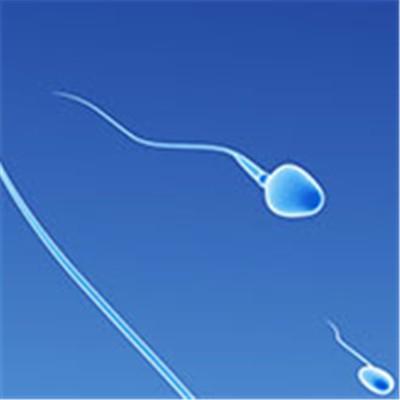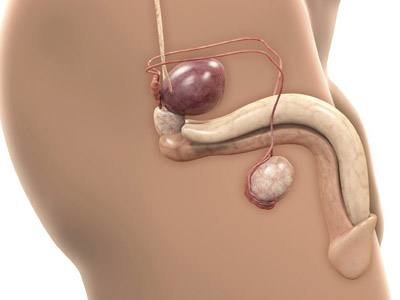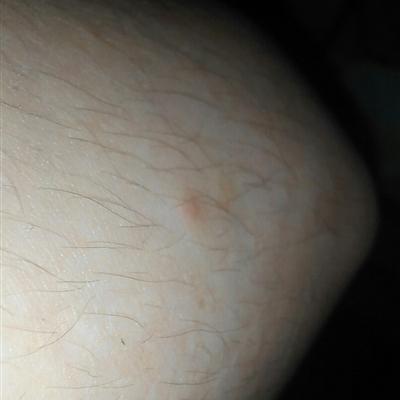Is bile duct dilation serious?
summary
There are many theories about the etiology of bile duct dilatation. Most of them think that it is a congenital disease, and some think that there are acquired factors involved in the formation. What is the cause of bile duct dilatation? There are three main theories
Is bile duct dilation serious?
1. According to the theory of congenital abnormality, in the embryonic development stage, after the primitive bile duct cells proliferate into a cord like entity, they gradually cavitate and transfuse. If some epithelial cells proliferate excessively, they will expand due to excessive vacuolation during the process of vacuolation and transfixion. Some scholars believe that the formation of cholangiectasis needs the joint participation of congenital and acquired factors. Excessive proliferation and vacuolation of bile duct epithelial cells in embryonic stage. The weak development of bile duct wall is a congenital factor, and acquired factors, such as the end obstruction of common bile duct secondary to pancreatitis or ampullary inflammation, and the subsequent increase of pressure in bile duct, will eventually lead to bile duct dilatation.

2. According to the common theory of pancreaticobiliary junction, the junction of the common bile duct and the main pancreatic duct is far from the ampulla of Vater, and the junction angle of the main pancreatic duct and the common bile duct is almost right angle, so the anastomosis site of the pancreaticobiliary duct is not in the duodenal papilla, but in the part outside the duodenal wall. There is no sphincter, so the function of sphincter is lost, resulting in the reflux of pancreatic juice and bile. When the pancreatic secretion is excessive and the pressure increases, the bile duct dilates. In recent years, retrograde cholangiopancreatography (ERCP) has proved that the confluence of pancreatic duct and bile duct is as high as 90-100%, and the amylase content in the dilated bile duct is increased. In animal experiments, it was observed that the activity of amylase, trypsin and elastase increased after pancreatic juice entered the bile duct, which may be the main cause of bile duct injury.

3. According to the viral infection theory, neonatal hepatitis and biliary dilatation are the main causes of biliary atresia, which are the results of hepatobiliary inflammation. After viral infection, the liver develops cytomegalovirus degeneration, bile duct epithelial damage, leading to lumen occlusion (biliary atresia) or weak wall (bile duct dilatation), but the number of people who support this view has decreased.

matters needing attention
In general, the formation of intrahepatic bile duct stones is due to the gallstone formation, but the key lies in the patency of bile drainage. Therefore, we should have regular diet and regular review. B-ultrasound was used to investigate the compensatory dilatation of biliary tract. These may be helpful for your prevention. After partial cholecystectomy, choledocholithiasis is caused by abnormal function of sphincter at the lower end of common bile duct, or some small particles of choledocholithiasis fall into the common bile duct without symptoms, which is only discovered as time goes on. Take it easy. Even if these stones appear, they can be removed through endoscopy as long as they are found early.


